Each product that is produced is offered to the customer in a package. Showcases and store shelves are the arena of competition for packaging designers!
Sometimes when you go shopping, the packaging design of a product looks so appealing to you that you even buy it out of curiosity! Even if you do not intend to buy it.
This shows us how good design in the packaging of a product can be effective in selling a product.


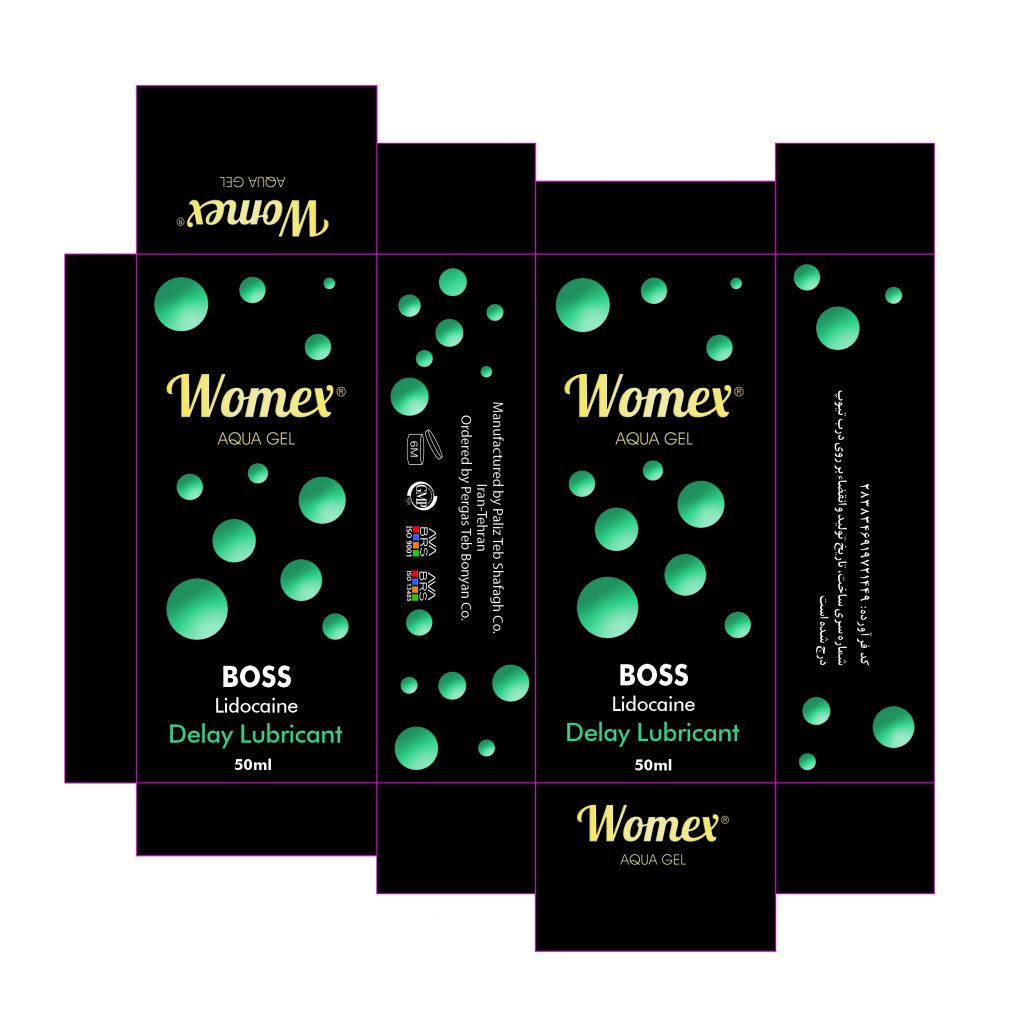
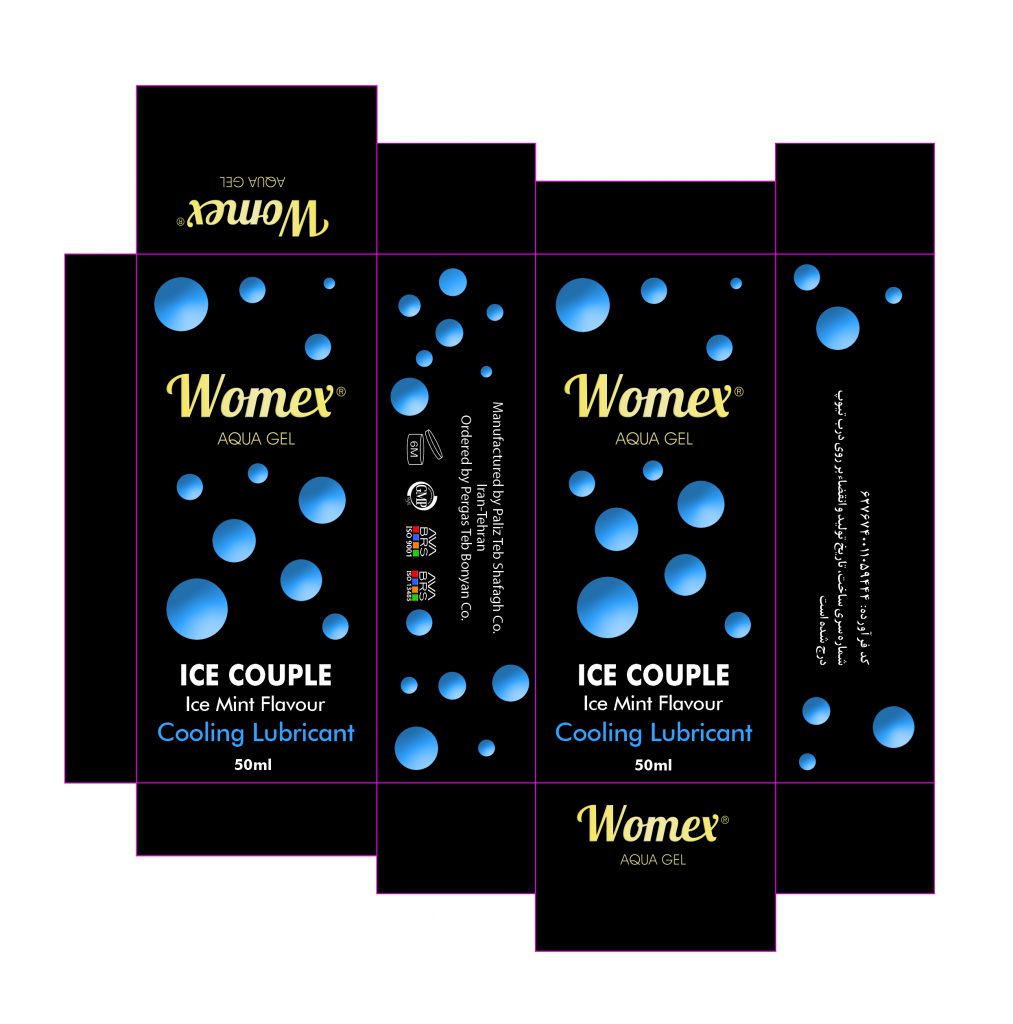



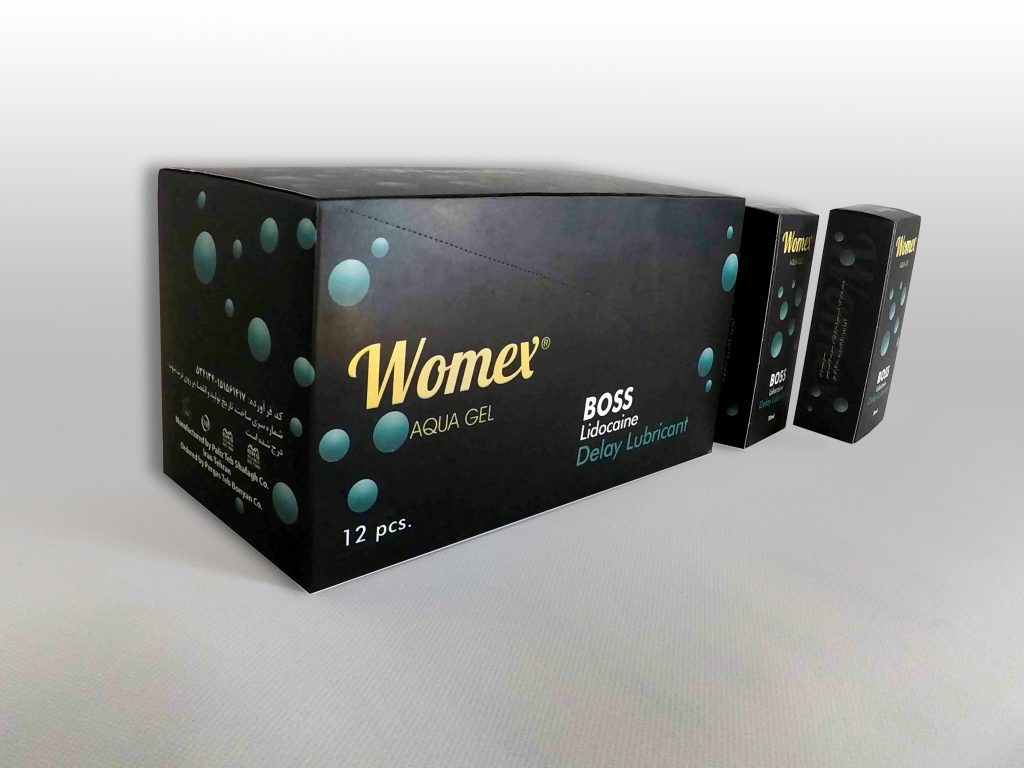

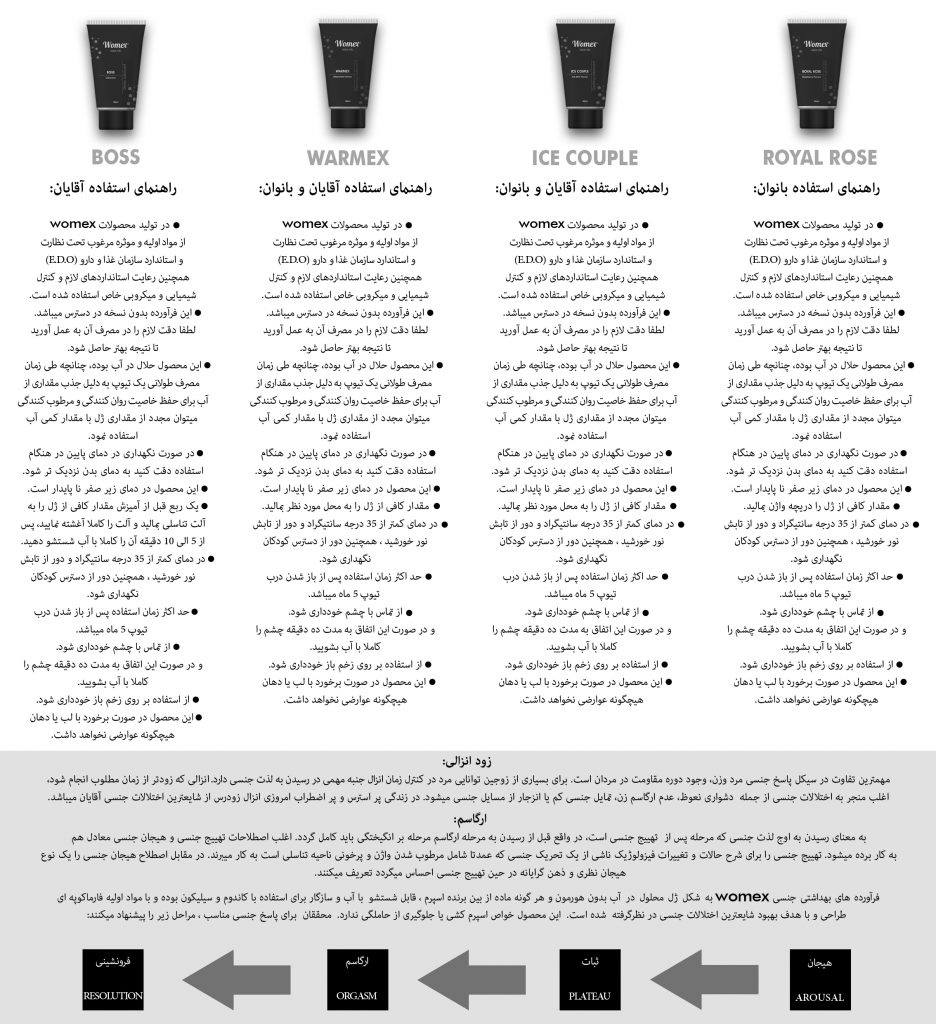
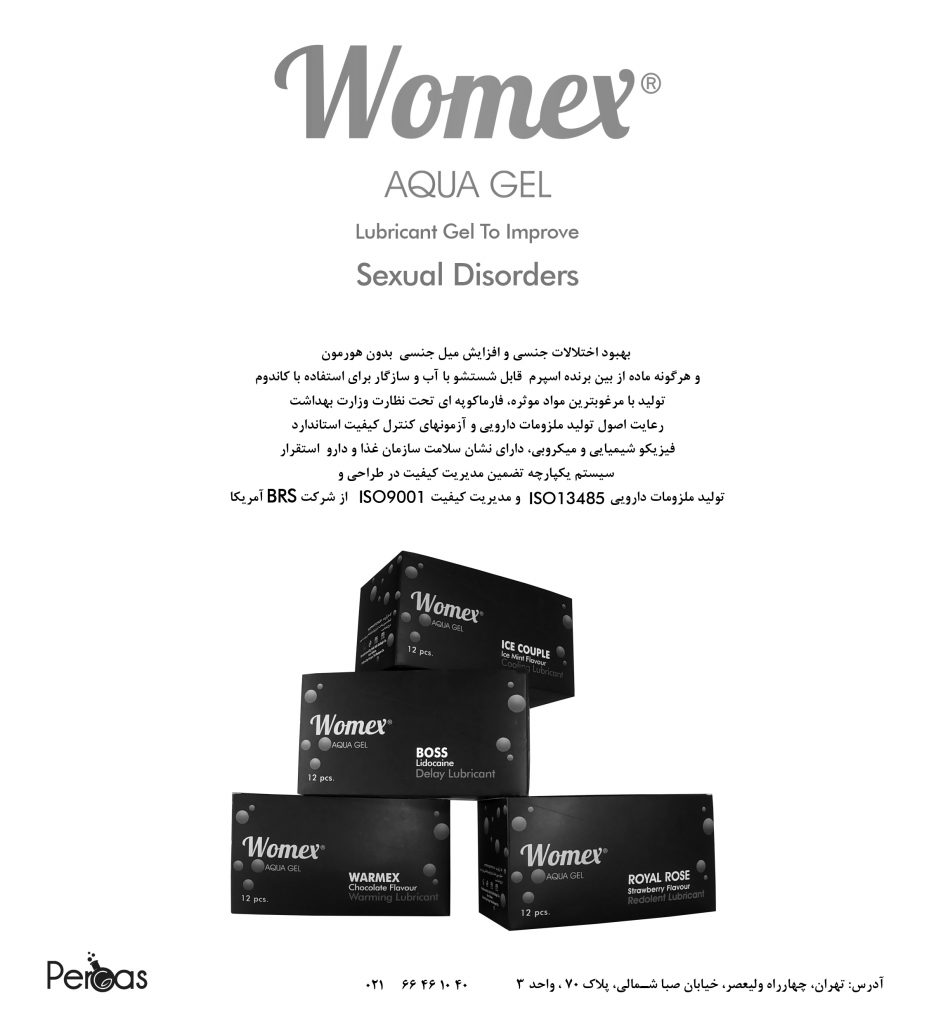


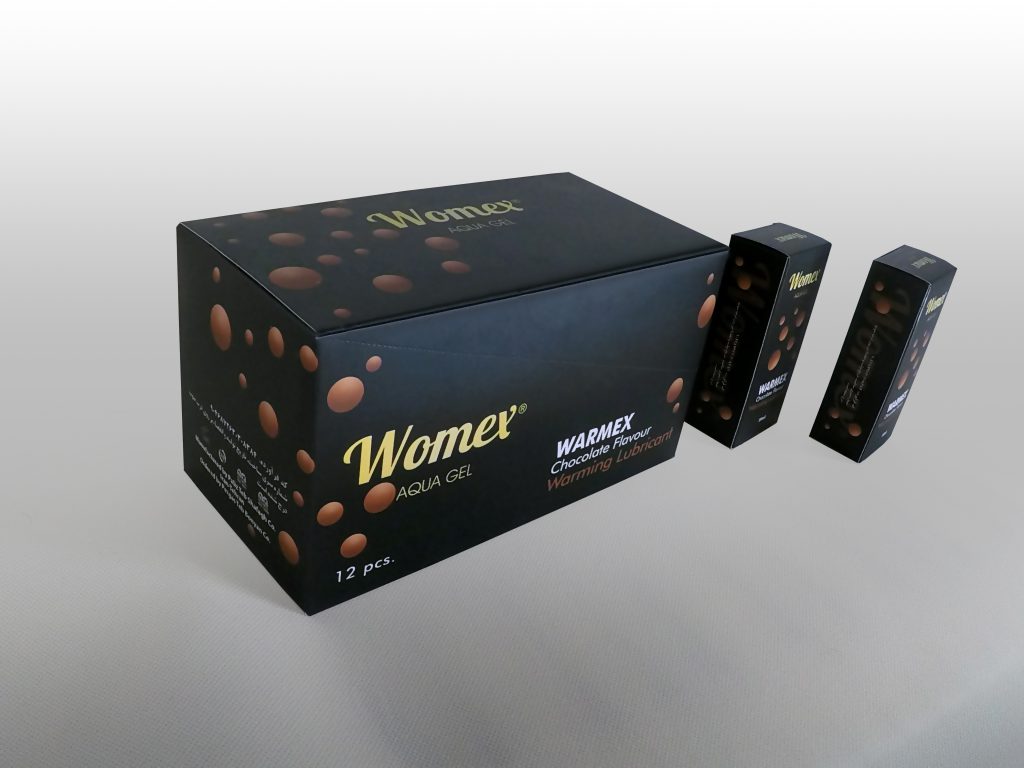




















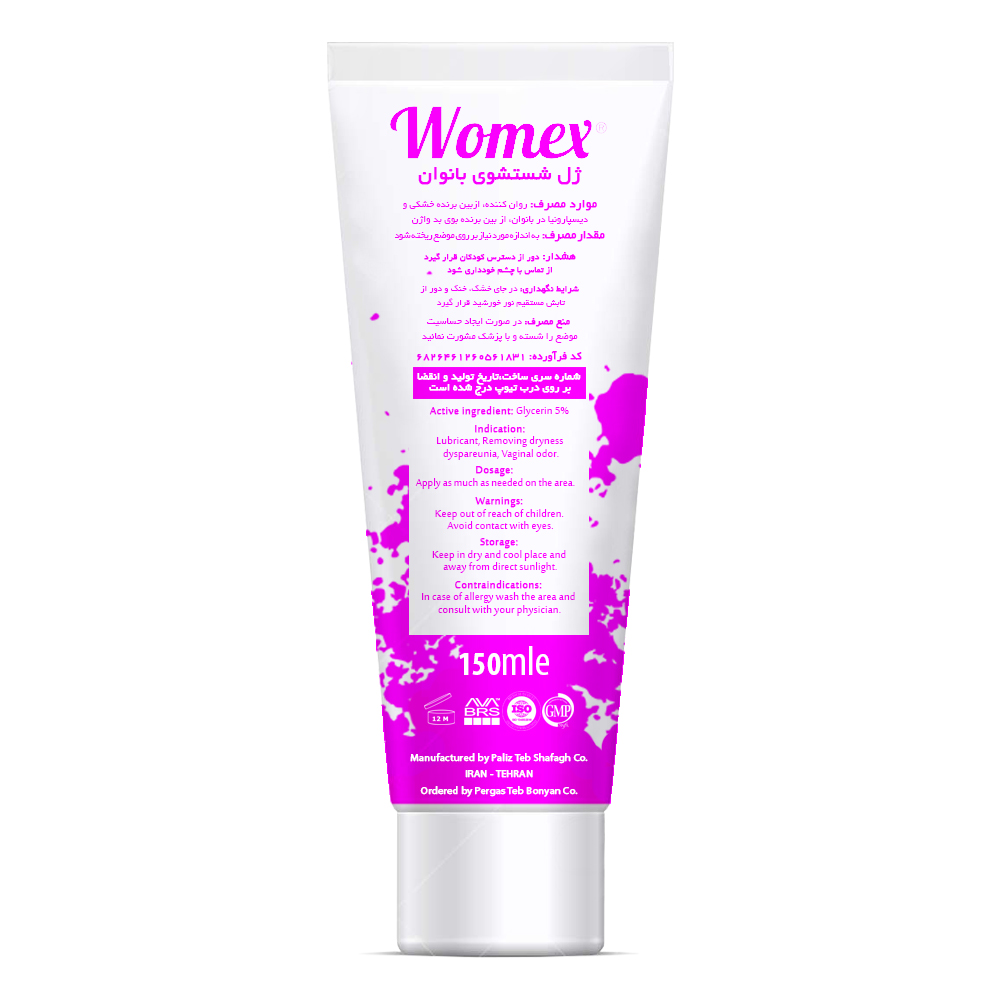
Showcases and store shelves are the arena of competition for package designers!
ARASH BAHMANI
The use of visual elements in package design along with creativity, in addition to beautifying and introducing that product can make a brand last forever in the mind of the buyer. Each product, by its very nature, needs a special design so that you can guess what the packaging is about, even from a great distance, without reading the text on the box. We in Arash Bahmani team also have special programs for packing your products. With our designs, your products will find a special personality.
Packaging history
The first packages used the natural materials available at the time: baskets of reeds, wineskins (bota bags), wooden boxes, pottery vases, ceramic amphorae, wooden barrels, woven bags, etc. Processed materials were used to form packages as they were developed: first glass and bronze vessels. The study of old packages is an essential aspect of archaeology.
The first usage of paper for packaging was sheets of treated mulberry bark used by the Chinese to wrap foods as early as the first or second century B.C.
The usage of paper-like material in Europe was when the Romans used low grade and recycled papyrus for the packaging of incense.
The earliest recorded use of paper for packaging dates back to 1035, when a Persian traveller visiting markets in Cairo, Arab Egypt, noted that vegetables, spices and hardware were wrapped in paper for the customers after they were sold.
You can check this too




